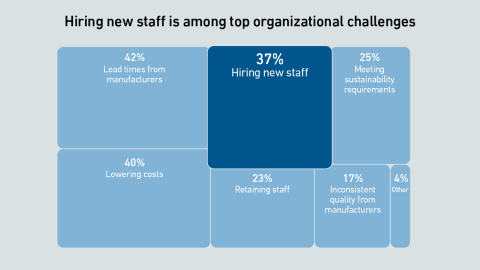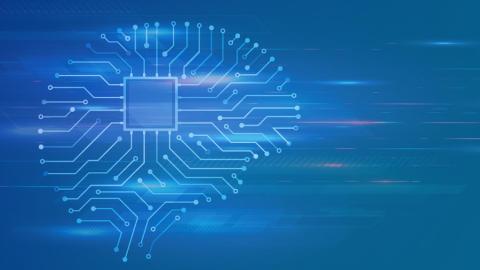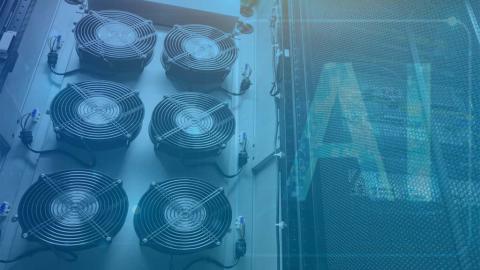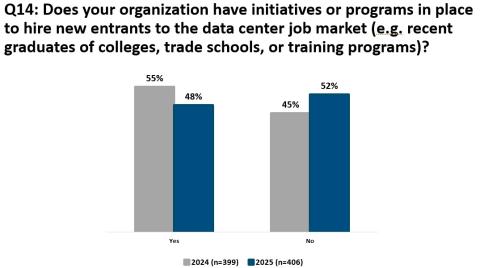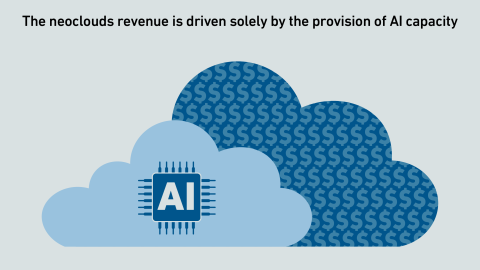Enterprise and colocation operators continue to invest in growth heading into 2026. However, survey results suggest that strategies for balancing IT, capacity and workforce spending will diverge in the year ahead.
filters
Explore All Topics
Uptime Institute's 2025 Service Providers and Capacity Survey (n=872) benchmarks the industry in the areas of public cloud, capacity in owned data centers, and capacity in colocation facilities.The attached data files below provide full results of…
Not all AI is the same; yet broad marketing claims often blur the line between automation and real intelligence. Understanding which AI types truly pose risks is essential in diminishing operator skepticism and fears of hallucinations.
The updated model projects a doubling of power consumption by the end of 2026, with IT loads serving generative AI workloads breaking through 10 GW of capacity.
The European Commission published the final assessment of the data center label and minimum performance standards (MPS) in October. The final delegated act could require posting a label in 2026 or 2027, with MPS values likely to be 2 years away.
There is an expectation that AI will be useful in data center operations. For this to happen, software vendors need to deliver new products and use cases - and these are starting to appear more often.
Uptime Institute's latest Data Center Spending Survey (n=850) looks ahead to data center spending and budgets for 2026, as well as the current supply chain market in the industry.The attached data files below provide full results of the survey,…
A fire in South Korea's government data center shows how a misjudged safety fix and a lithium-ion battery can spark a national outage, proving that battery chemistry, placement, and procedures are central to resilience.
Financial institutions are embracing public cloud for some mission-critical workloads, and using it as a launchpad for AI development.
As IT organizations embrace AI, data center facilities and colocation providers need to plan to deploy the supporting infrastructure - despite many uncertainties. Most, however, are still moving cautiously.
Staffing and retention issues continue to put pressure on the data center industry. Colocation and enterprise operators cite recruiting qualified staff as a top concern, according to the Uptime's Data Center Staffing and Recruitment Survey 2025.
Research into neuromorphic computing could lead to the creation of smaller, faster and more energy-efficient AI accelerators. This would have a transformative impact on digital infrastructure.
AI is changing how data centers operate, what began with algorithmic fine-tuning of chilled-water plants is now moving into the IT side of operations, closer to the load. But will operators ever trust AI enough to let it run the room?
Uptime Institute's 2025 Staffing and Recruitment Survey (n=864) focuses on increases in new data center hires and salary spending, as well as issues operators face in recruiting, hiring, and retaining data center facilities staff.The attached data…
By raising debt, building data centers and using colos, neoclouds shield hyperscalers from the financial and technological shocks of the AI boom. They share in the upside if demand grows, but are burdened with stranded assets if it stalls.
 Douglas Donnellan
Douglas Donnellan
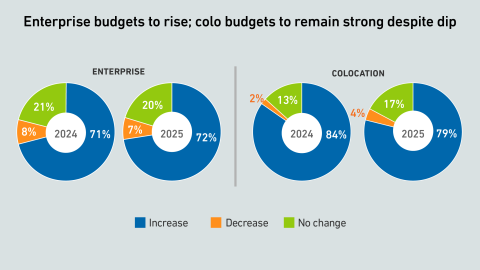
 Paul Carton
Paul Carton
 Anthony Sbarra
Anthony Sbarra
 Laurie Williams
Laurie Williams
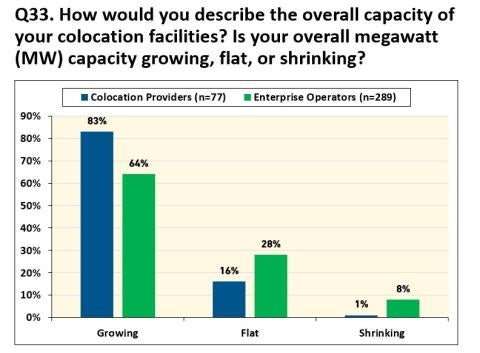
 Dr. Rand Talib
Dr. Rand Talib
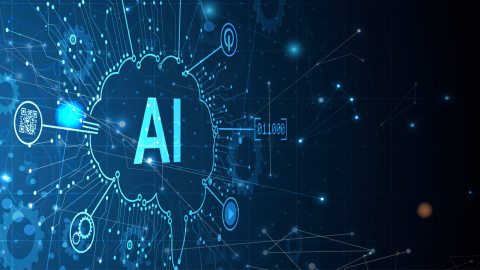
 Daniel Bizo
Daniel Bizo
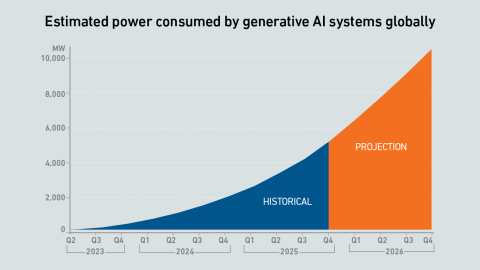
 Jay Dietrich
Jay Dietrich

 Max Smolaks
Max Smolaks

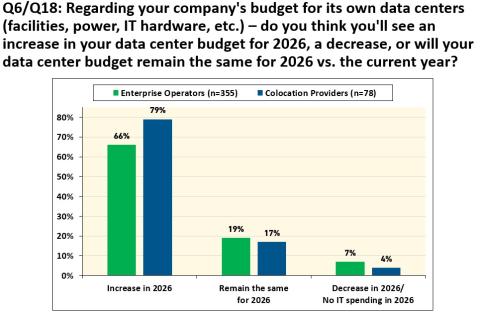

 Dr. Owen Rogers
Dr. Owen Rogers
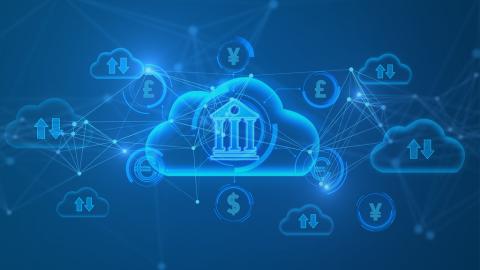
 Andy Lawrence
Andy Lawrence
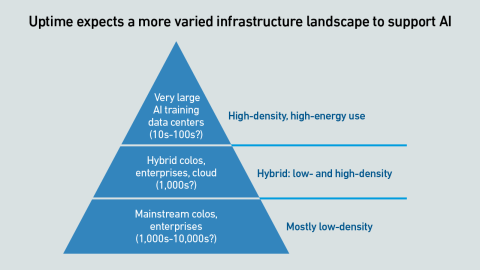
 Rose Weinschenk
Rose Weinschenk
